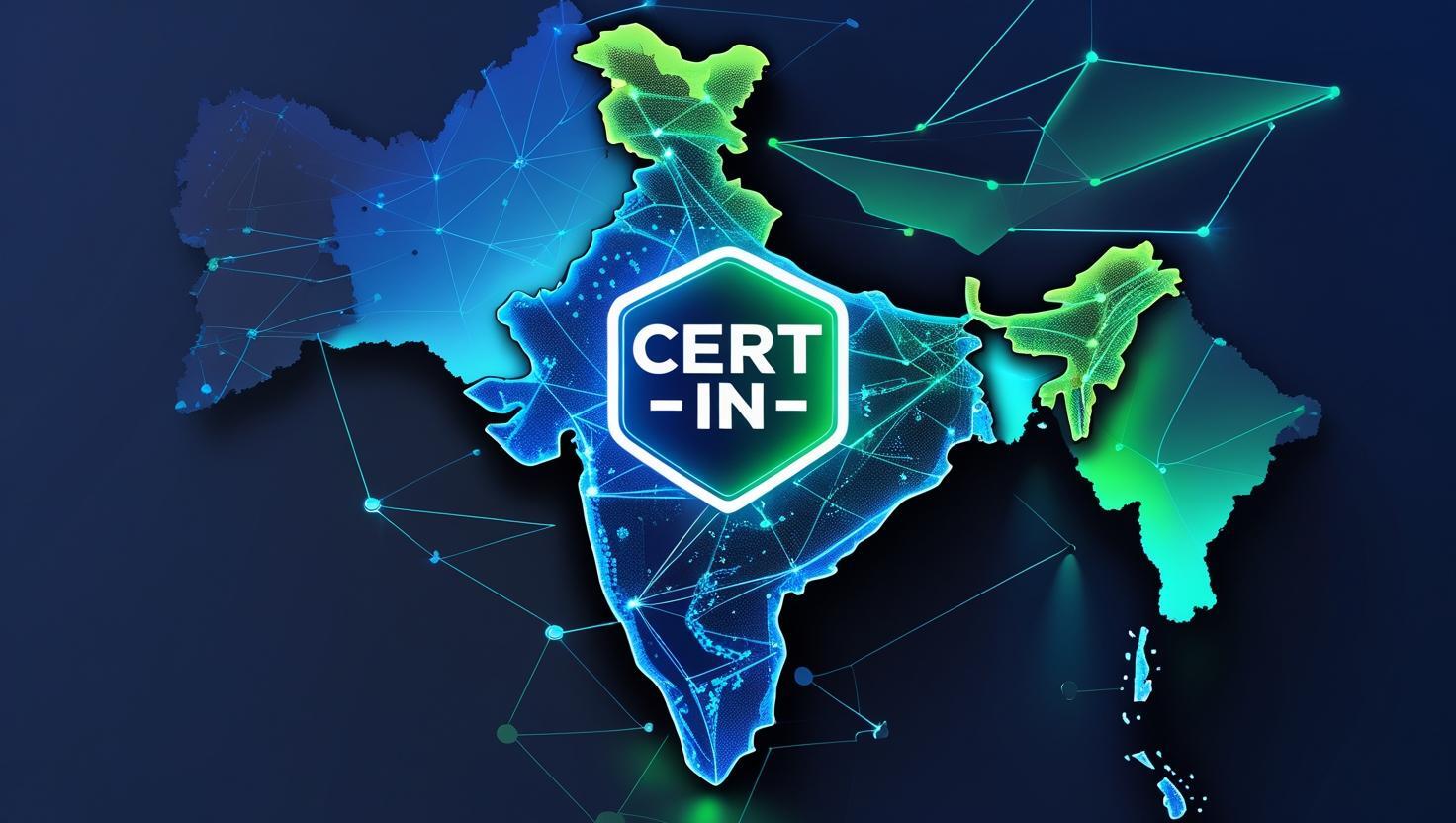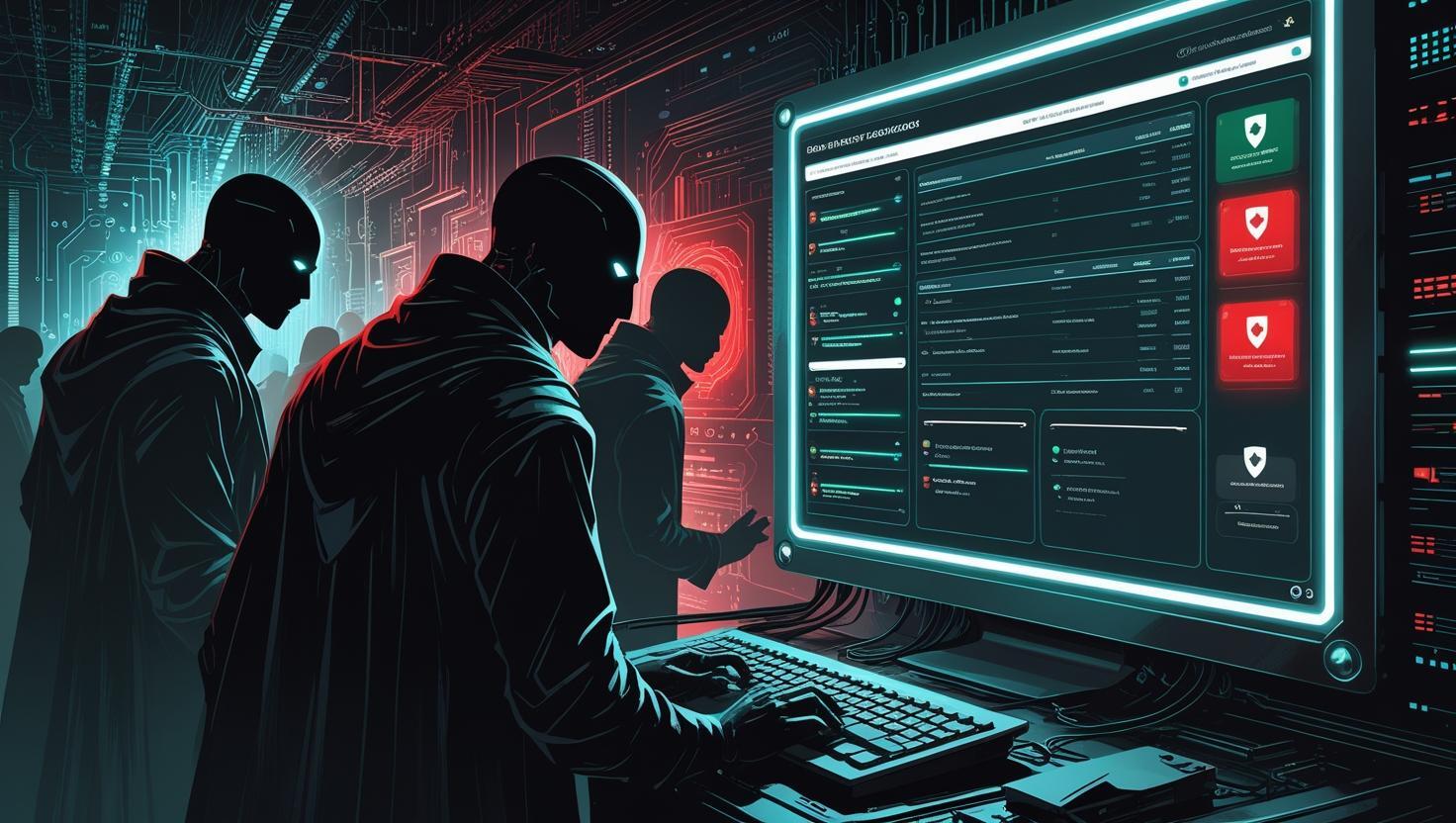The Compliance Clock is Ticking
It’s 9:15 AM on a Monday. Your IT team is sipping coffee, scanning through emails, when suddenly a notification pops up — possible security breach detected. Before the panic sets in, another alert arrives: “You have 6 hours to report this incident to CERT-In.”
Welcome to India’s new cybersecurity reality.
With cyber threats growing in sophistication, the Indian Computer Emergency Response Team (CERT-In) has rolled out a game-changing mandate. From now on, certain businesses are required to conduct annual cybersecurity audits, maintain ongoing compliance, and report breaches within a strict 6-hour window.
For some, this sounds like just another regulatory hoop to jump through. For others, it’s the wake-up call they’ve been avoiding. But here’s the truth: this isn’t just about avoiding penalties — it’s about building a stronger, more resilient business in an increasingly hostile digital world.
In this guide, we’ll break down exactly what the mandate means, why it matters, and how you can stay compliant, secure, and ahead — without losing sleep (or your bottom line).
What Is CERT-In and Why Should You Care?
The Indian Computer Emergency Response Team (CERT-In) is the national nodal agency tasked with responding to cybersecurity threats, incidents, and vulnerabilities. Think of it as India’s digital first responders.
When CERT-In speaks, the industry listens. And their latest directive is clear: cybersecurity is no longer optional — it’s a core business responsibility.
Key goals of the mandate:
Ensure organizations maintain secure digital infrastructure.
Standardize incident reporting timelines (the new 6-hour rule).
Drive adoption of stronger monitoring and risk management frameworks.
Hold businesses accountable for both external and internal threats.

The scope is broad — covering IT services, cloud providers, financial institutions, government contractors, and any organization critical to India’s digital economy.
The Problem – Why This Mandate Exists
For years, many organizations treated security audits like spring cleaning: done once in a while, often under client pressure. Meanwhile, threats kept evolving:
Ransomware now locks systems in minutes.
AI-powered phishing campaigns bypass traditional spam filters.
Breaches don’t just cost money — they destroy hard-earned customer trust.
Too often, breaches went undetected for weeks or unreported for months. CERT-In’s compliance requirements aim to fix this by enforcing faster incident response, continuous compliance monitoring, and stronger network security practices.
Trend #1 – Six-Hour Breach Reporting Becomes the Norm
Six hours. That’s all you get from the moment a cybersecurity incident is detected to the time CERT-In must be informed.
What it demands:
24/7 threat detection powered by endpoint security tools and SIEM platforms.
Automated alerts to instantly notify incident response teams.
Clear escalation protocols with zero bottlenecks.
Why it matters: Faster reporting means faster containment, reduced damage, and greater trust from clients and regulators.
Trend #2 – Continuous Compliance Over Annual Checklists
Forget cramming for a yearly audit. CERT-In expects compliance readiness every single day.
This means:
Log management for at least 180 days.
Vulnerability management with real-time scanning.
Continuous cloud security posture management (CSPM) for hybrid and multi-cloud environments.
Ongoing vendor risk assessment.
Real-World Example – When Seconds Count
In 2024, a Bengaluru fintech spotted suspicious logins from overseas IPs on its core banking app.
Instead of immediately triggering its security operations center (SOC), the IT team waited for internal verification. That took 48 hours.
By the time CERT-In was informed:
₹1.8 crore in fines had been issued.
A global partner canceled its contract over “security governance concerns.”

Trend #3 – AI-Powered Threat Hunting Goes Mainstream
Manual detection can’t keep pace with modern attacks. AI-based threat intelligence platforms are now essential.
These systems:
Detect anomalies in network traffic.
Predict attack patterns based on global intelligence feeds.
Integrate with incident response automation to neutralize threats in real time.
Think of it as a cybersecurity analyst that never blinks and keeps getting smarter.
Trend #4 – Supply Chain Security Takes Center Stage
Your partners are part of your attack surface. A weak vendor can be an open door for attackers.
CERT-In’s requirements mean you need to:
Audit third-party vendors for information security compliance.
Ensure they use multi-factor authentication and secure data handling.
Include breach notification clauses in contracts.
Trend #5 – Data Resilience as a Survival Strategy
Recovery is about speed, not just capability. Modern data backup and recovery solutions now focus on:
Immutable backups (tamper-proof)
Geo-redundant storage
Instant rollback to a pre-attack state
This ensures business continuity even in worst-case scenarios.
Trend #6 – People as the First Line of Defense
Even the best cybersecurity tools can’t stop an employee from clicking on the wrong link.
That’s why security awareness training is crucial:
Quarterly phishing simulations
Role-based access control training
Clear reporting procedures for suspected threats
When employees know how to spot and escalate threats, they become an extension of your defense strategy.
Why This Mandate Matters More Than You Think
Many organizations underestimate the cost of non-compliance until it’s too late. This isn’t just about fines — it’s about brand reputation, customer trust, and operational resilience.
Three reasons you can’t ignore this:
Cyberattacks are faster than ever — By the time a breach is detected manually, the damage is often done. That’s why modern defenses like AI-driven threat hunting are becoming critical.
Global clients expect compliance — For many international partners, security compliance is a prerequisite for doing business.
Regulators are watching closely — Failing to meet reporting timelines can lead to legal trouble and reputational harm.
How to Prepare for CERT-In Compliance
Achieving compliance is not a one-time project — it’s a cultural and operational shift. Here’s the roadmap:
1. Conduct Comprehensive Security Risk Assessments
Before you can fix vulnerabilities, you need to know where they are. Regular security risk assessments will help you identify weak points across your systems, processes, and people.
2. Strengthen Incident Detection & Response
Deploy advanced monitoring tools with behavioral analytics to catch suspicious activity early. Automated workflows can help isolate compromised systems before attackers spread laterally.
3. Enable Audit-Ready Infrastructure
Centralize logs, track role-based access, and use pre-built compliance templates aligned with ISO, NIST, and CERT-In guidelines. This keeps you inspection-ready without scrambling at the last minute
4. Manage Shadow IT & SaaS Risks
Implement SaaS governance tools to track every application in use, monitor data sharing patterns, and revoke access when employees leave.
5. Prioritize Data Resilience
Even with strong defenses, breaches happen. Reliable cloud backups and backup and recovery strategies ensure you can restore operations quickly after an incident.
6. Strengthen the Human Firewall
Many breaches start with human error. Training employees on phishing awareness, secure password practices, and incident reporting protocols is essential.
The Business Benefits of Compliance
While this mandate might feel like a burden, forward-thinking businesses are seeing the upside:
Customer trust — Clients feel safer knowing you’re proactively protecting their data.
Operational resilience — Faster recovery times mean less downtime and fewer losses.
Competitive edge — Being compliant makes you more attractive to security-conscious partners.
Key Takeaways
CERT-In’s new mandate is a non-negotiable for businesses in critical sectors.
You have 6 hours to report any detected breach.
Annual audits and continuous monitoring are essential for staying compliant.
Proactive measures like AI-driven threat hunting, cloud backups, and employee training help reduce risk.
Compliance is not just about avoiding fines — it’s a competitive advantage.
FAQs
Q1. Who needs to comply with the CERT-In mandate?
Any organization in critical sectors like finance, cloud services, IT, telecom, and government contracts must comply.
Q2. What happens if I fail to report a breach in 6 hours?
Non-compliance can result in penalties, legal action, and reputational damage.
Q3. Can I handle compliance internally without third-party help?
Yes, but it’s resource-intensive. Many organizations partner with cybersecurity providers like Delphi for efficiency.
Q4. How often should I train employees on security best practices?
At least quarterly, with refresher sessions after any major incident or policy change.
Q5. Are cloud backups enough to ensure recovery?
Cloud backups are critical, but they should be paired with immutable storage, geo-redundancy, and instant rollback capabilities.
Conclusion – Compliance as a Competitive Advantage
The new CERT-In mandate isn’t just a government checkbox—it’s a blueprint for building stronger, smarter defenses in a world where threats evolve daily. By embracing AI-driven threat hunting, maintaining secure cloud backups, conducting regular security risk assessments, and ensuring robust backup and recovery measures, you’re not only meeting compliance but also safeguarding your brand’s reputation and customer trust.
And remember, technology alone isn’t enough—training employees to recognize and respond to threats is one of the most powerful lines of defense you can have.
In the race between cybercriminals and your business, the winners are those who prepare, adapt, and stay vigilant.
"Your compliance journey doesn’t have to be overwhelming. At Delphi, we help businesses align with CERT-In requirements, deploy cutting-edge security tools, and maintain 24/7 compliance visibility."
🔒 Stay Compliant. Stay Secure. Stay Ahead.
Contact Delphi today to schedule your compliance readiness assessment.

